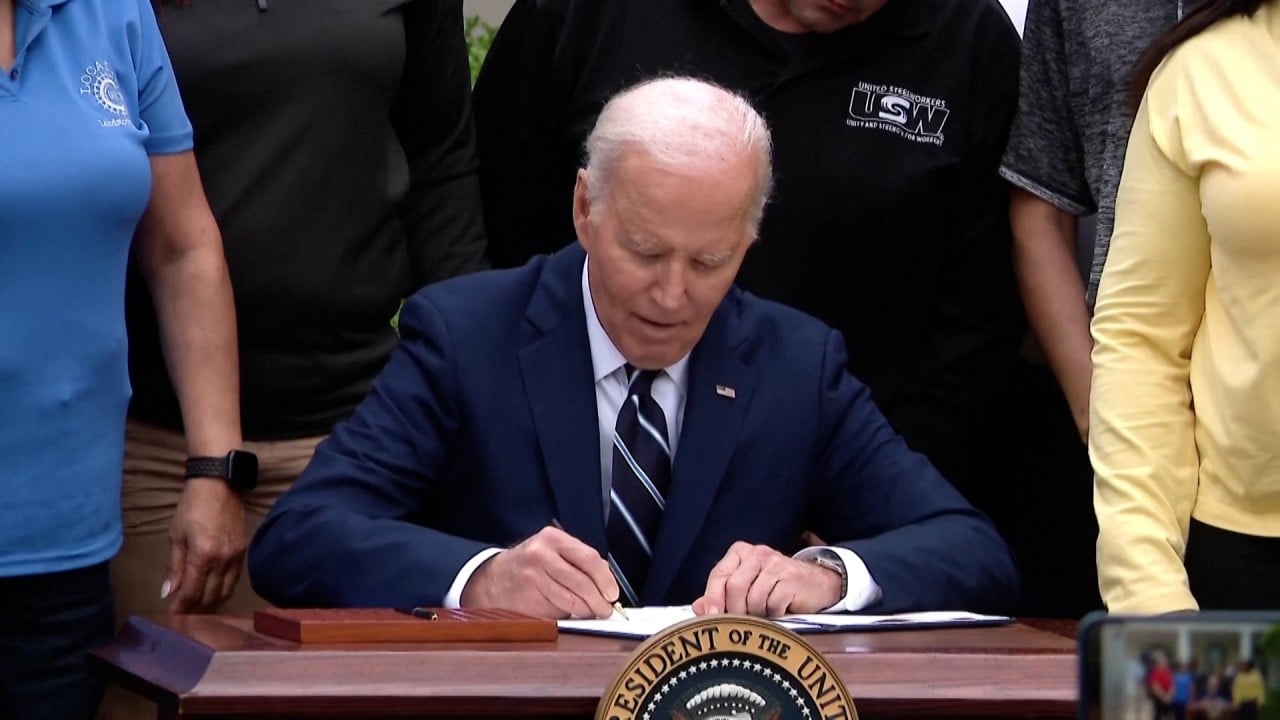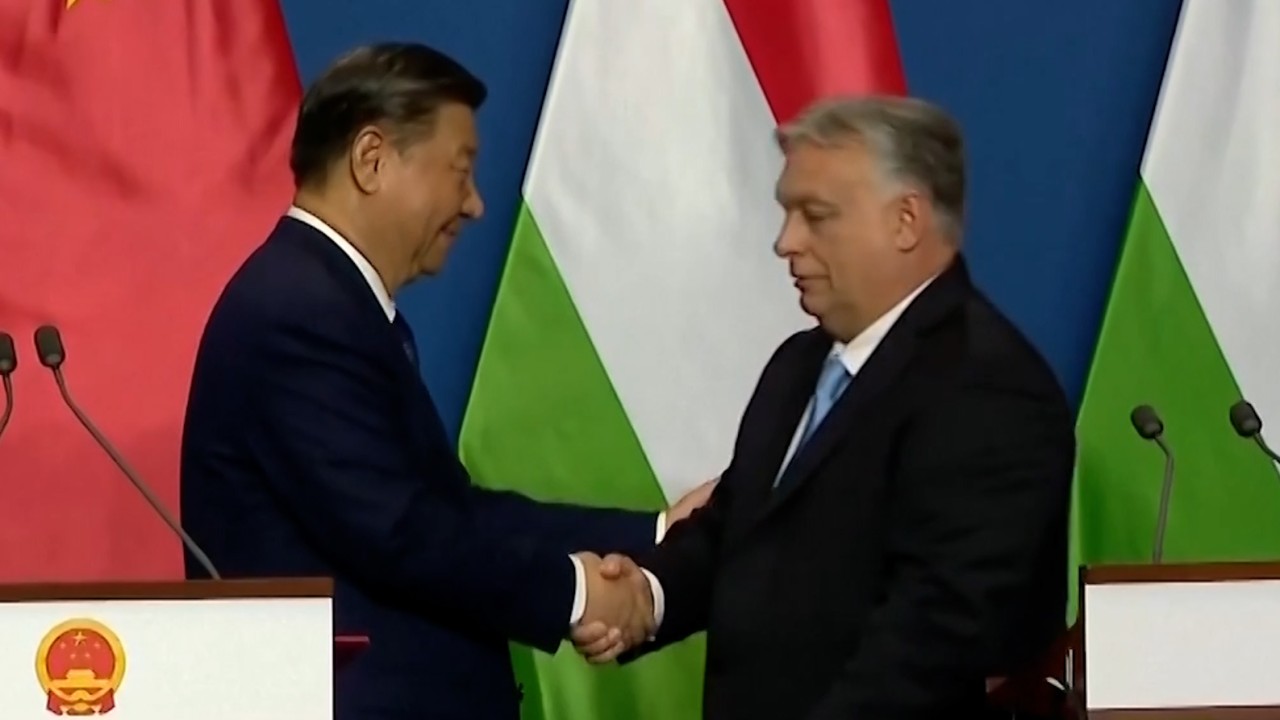Thirdly, it underscores a deliberate and heightened divergence in economic and trade relations between the two superpowers, amplifying the likelihood of economic and technological bifurcation.
The punitive US tariff increases are a wake-up call for Europe over China’s trade practices and their potential impact. The more the US closes its market to Chinese products, the more China will need to redirect its massive output to the EU, which remains a top export market.
The EU has launched a number of anti-subsidy investigations, using its economic security toolbox. Of paramount concern is the impact of Chinese green tech exports on Europe in the coming years, especially given the massive financial resources the Chinese government has devoted to developing the sector.
The EU aims to avoid the further loss of industrial competitiveness by levelling the playing field for European companies and combating what it sees as competitive disadvantages from China’s overcapacity and forced technology transfers.
Such divergence, though, can be maintained only if the EU toolkit for economic security succeeds in slowing down China’s exports of green tech and/or manages to keep the EU’s advantage in other goods exported to China. Neither of the two seems likely.
To begin with, it is hard to obtain information from EV producers to accurately measure subsidies. China’s decentralised subsidy policies, managed by multiple local and regional entities, further complicate data collection. Political sensitivity may also deter the disclosure of data that could reflect negatively on administrators. And any EU tariff measure requires the consensus of the majority. China could leverage its influence within the single market.
The EU’s moves against China’s green tech are clearly a political test for EU policymakers grappling with economic imperatives, environmental obligations and geopolitical realities.
The EU is trying to balance industrial prowess, sustainable innovation and global trade dynamics; it would like to decarbonise while keeping its competitiveness and certainly not increasing its dependence on China.
This combination makes the EU’s case much harder to navigate than that of the US, especially because such dependence gives Beijing much leverage in counteracting any EU measure to protect its market.
Beijing’s leverage is multipronged. It may contest the validity of the EU’s anti-subsidy investigation into Chinese EVs at the World Trade Organization. Alternatively, it might challenge the EU’s substantial aid for its different sectors, such as agriculture. Or it can simply impose or raise tariffs on imports of EU goods.
The mounting pressure signals the prelude to a new trade war, with potential import tariffs and market restrictions between China and the EU. Time will tell if all of this is mere positioning or the start of an escalation that could widen to include a currency war, especially as Beijing tightly manages the yuan.
What is clear is that EU-China relations are not set to improve any time soon – the best that can be expected is for tensions not to escalate further.
Alicia Garcia-Herrero is chief economist for Asia-Pacific at French investment bank Natixis and adjunct professor at Hong Kong University of Science and Technology
Sebastian Contin Trillo-Figueroa is a geopolitics analyst with a specialisation in EU-Asia relations



